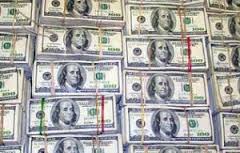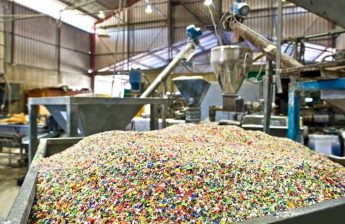
According to global media sources, Egypt has received aid from Qatar and Libya designed to relieve currency issues the country has been struggling with following the fall of President Hosni Mubarak two years ago, which dried up foreign investments and crippled the tourism industry in the country.
Qatari Prime Minister Sheikh Hamad bin Jassim al-Thani said that his country will give an extra $3 billion to Egypt on top of the $5 billion already given by the Gulf state as per the pricing service of ChemOrbis. Meanwhile, Qatar will also extend their natural gas supplies to Egypt for this summer as needed. Egypt relies on natural gas to produce most of its electricity and has been suffering from blackouts, which have had a negative effect on industry. Libya is also claimed to be readying to give Egypt a two billion dollar five-year interest-free loan to support the Egyptian economy, its state budget and its foreign currency reserves.
This news initially created some relief in Egypt’s polymer markets, where local prices have been moving up significantly despite weak demand due to the lack of dollar reserves inside the country and the relentlessly increasing exchange rate parity. Egyptian players have been struggling to find US dollars from banks and they have to turn to the black market, where they pay much higher exchange rates, to meet their needs. This situation also hampered the country’s import activities since higher exchange rates erased the price decreases announced on polymer prices in the import market for the month of April. Before the loans, Egypt’s foreign currency reserves had dwindled to a low of $13.4 billion in March, less than needed to cover three months of imports.
Following the initial relief in the market after the money aid news, locally held prices started to come down in the market during this past week. However, towards the end of the week, players started to report increases again as they were highlighting the fact that the money aid was not sufficient enough to cover the market’s whole needs.
According to ChemOrbis, a trader reported earlier in the week, “The market is still unstable. Local prices have started to decline on the back of the improved dollar reserves but the current political and economic instability still affect buyers’ purchases. Many buyers continue to meet their urgent needs only.” Another trader remarked when the week closed, “In spite of the positive outlook spread on the money markets earlier in the week, prices in the local market started to increase again towards the end of the week. Although the Central Bank received US dollars, we think demand is too high and the country’s banks could not satisfy all of the players’ needs. Therefore, many returned to the black market again and the exchange rate parity rose once again.”







